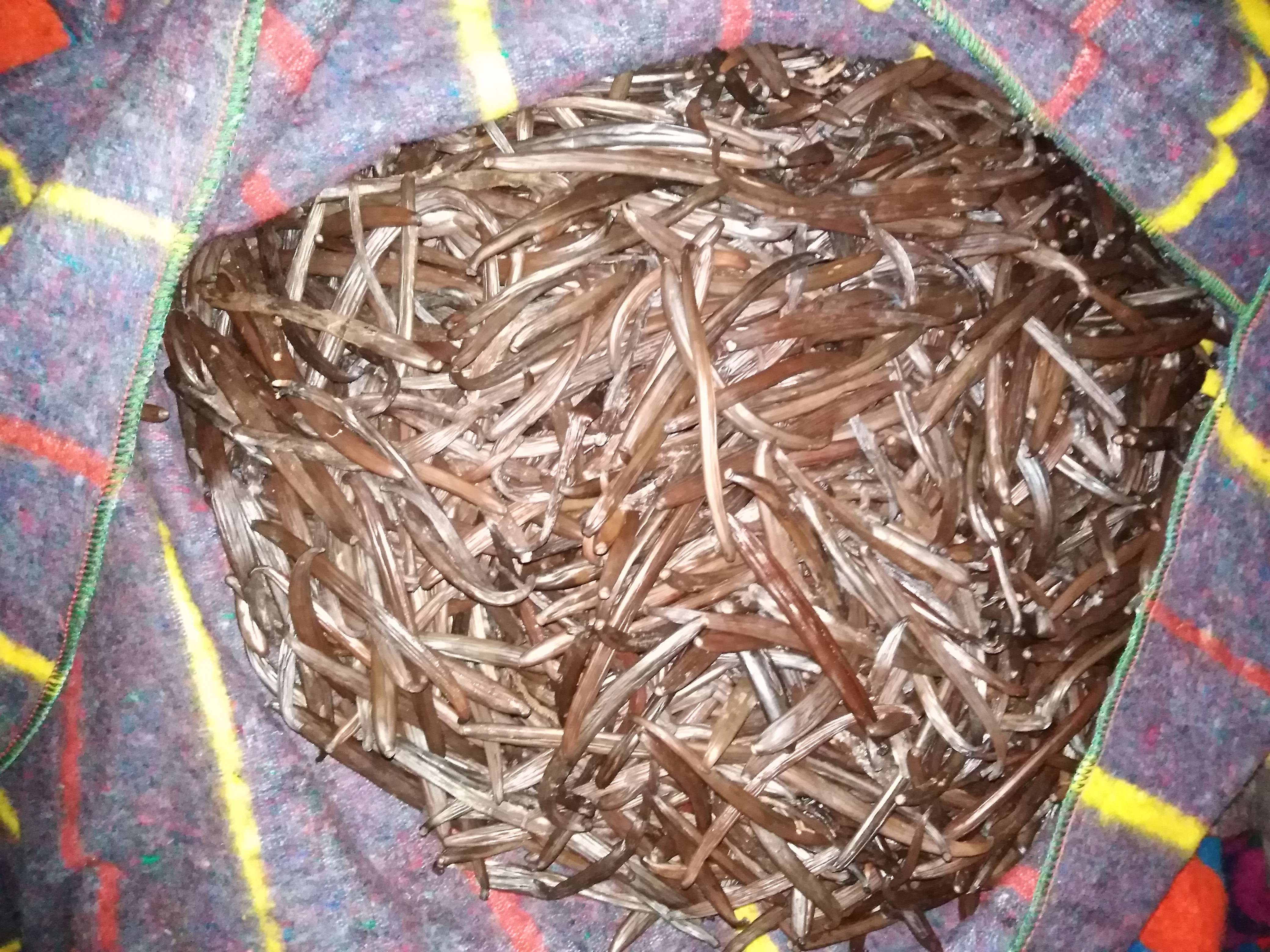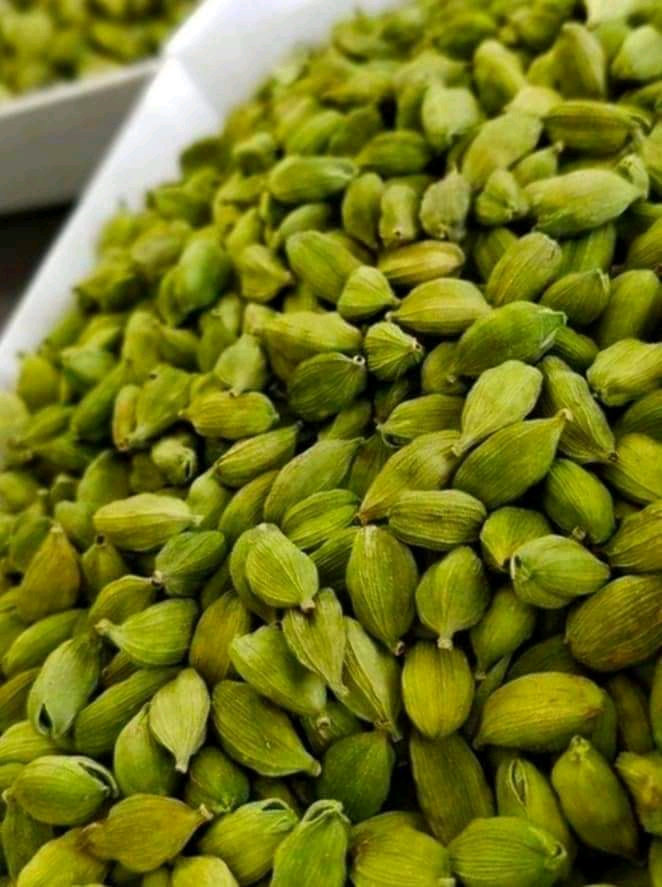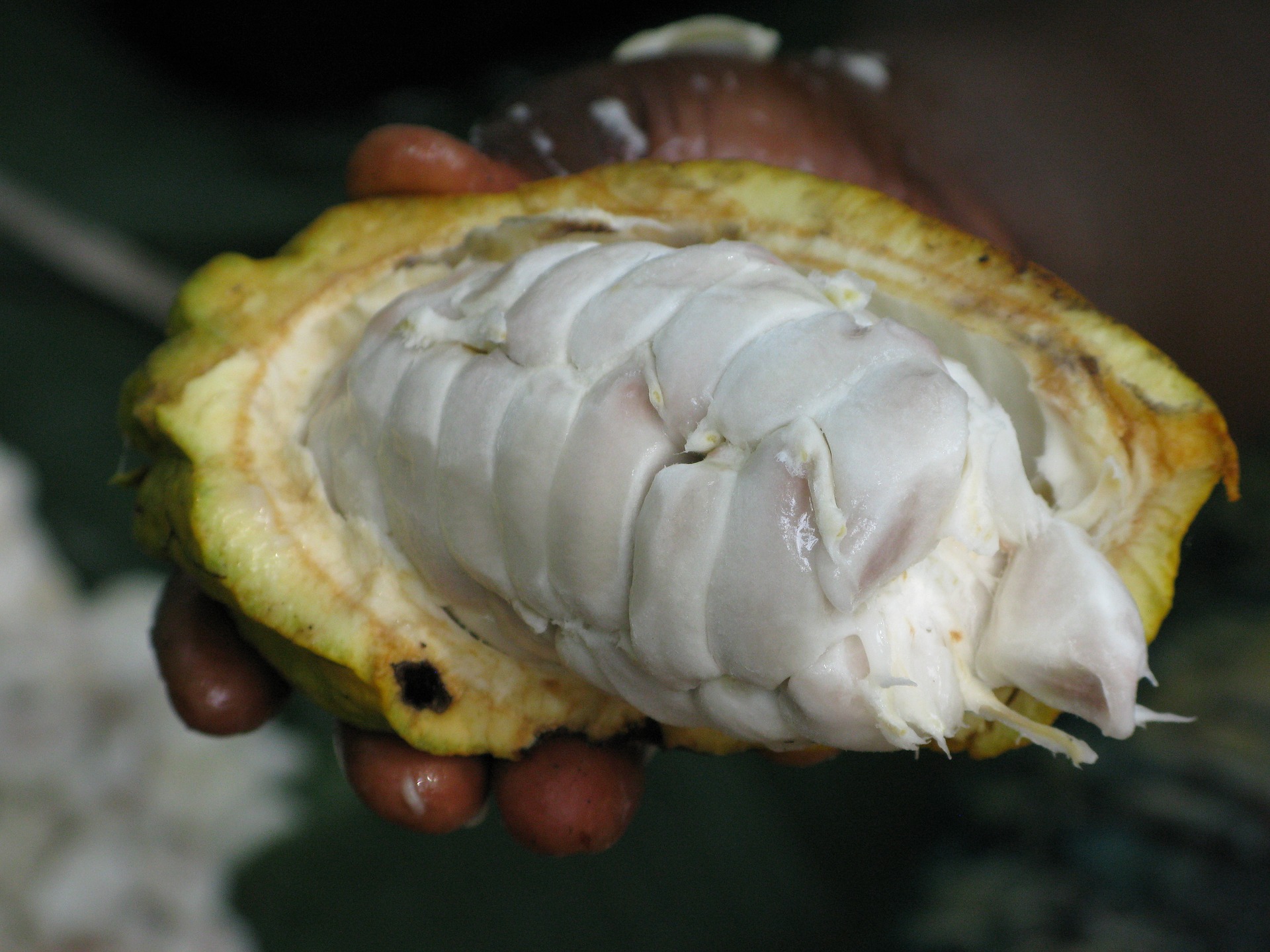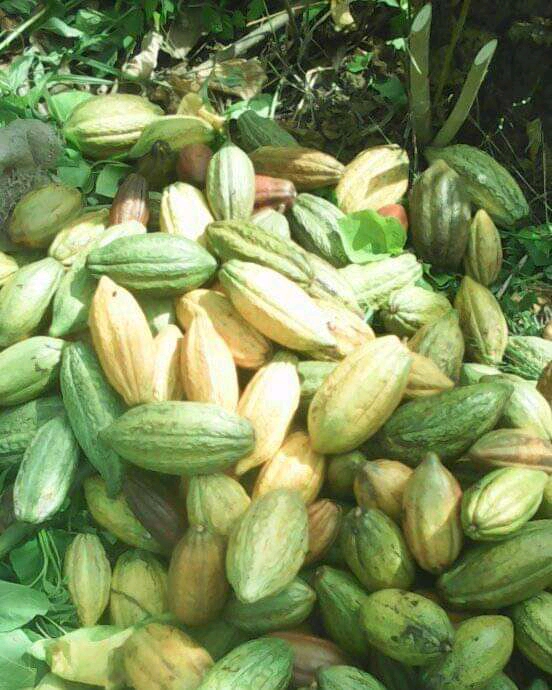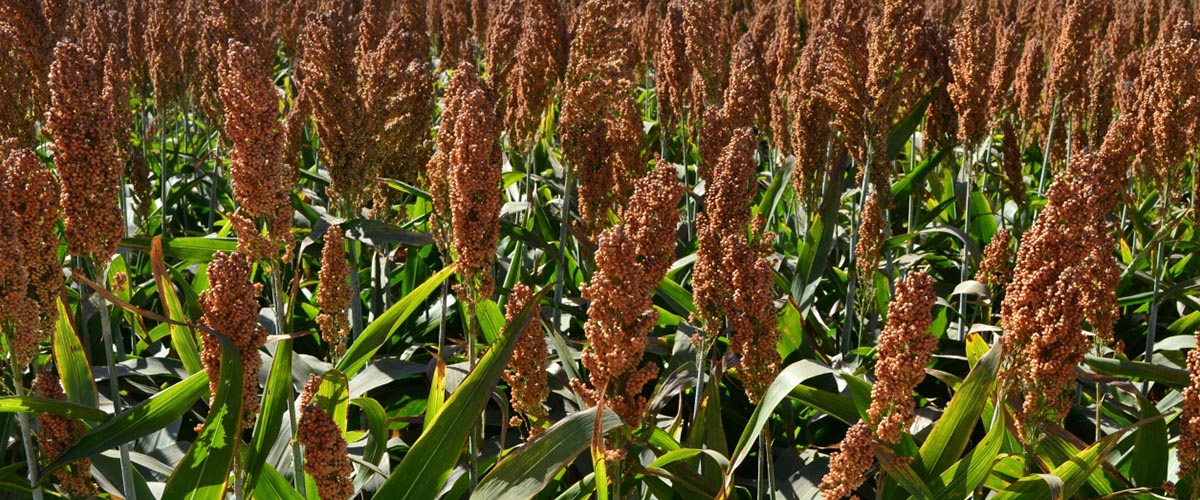
How to plant and grow Sorghum in Uganda
Ecological requirements for sorghum growing in Uganda
When we say ecological from ecology we mean the interrelationships of organisms and their environment. So, here we are going to look the natural requirements from Sorghum growing in Uganda. Let's look at the below
• Sorghum is adapted to a wide range of ecological conditions, surviving in the tropical, sub-tropical and temperate regions of the world.
• It is planted in areas considered to be too dry and hot for other cereals to survive because of its tolerance to drought and heat stress.
• The adaptability enables sorghum to grow from sea level to above 2000m above sea level.
• However, sorghum performs well under optimum conditions of deep well-drained fertile soils, moderate to high relatively stable rainfall distribution most of which should be received during the vegetative phase and temperate to warm weather (20-30°C).
• These conditions result in a yield potential of 3000-5000 Kgha-1 if improved cultivars are used.
• Unfortunately, the high yield potential is not realized in Uganda because farmers grow low yield potential sorghum under low-input semi-arid conditions
Click
here to inquire, buy or order for a sample of Sorghum from Uganda
Soils suitable for sorghum growing in Uganda
• Sorghum grows well in a wide range of soils except in water logged places.
• It grows best on well drained fertile soils with moderate amount of organic matter at soil pH values between 6 and 7.5.
• At this pH range most nutrients are more easily assimilated by the plant roots.
• It has some tolerance to salt and aluminum toxicity.
• However, in Uganda sorghum is mainly grown on low potential, shallow soils with high clay-loam or sandy-loam texture.
• The soils are deficient of nitrogen and phosphorous and mainly acidic.
• Thus there is need to ameliorate the soils with by liming to lower the acidity in order to attain optimum productivity of sorghum.
Temperature needed for sorghum growing while in Uganda
• Sorghum is a warm-weather crop, which requires high temperatures for good germination and growth.
• Low temperatures may prevent successful production of grain sorghum.
• Soil temperature at planting time is critical for grain sorghum.
• The recommended temperature for germination is 17-18°C while lower temperature prolongs germination.
• The best time to plant is when there is sufficient moisture in the soil.
• Temperature is important for normal growth and development of sorghum after germination.
• A temperature of 27 to 30°C is required for optimum growth and development though the crop can still survive below 21 °C, without a dramatic effect on growth and yield.
• Fortunately the temperature in most sorghum growing areas of Uganda is above 200C except in the southwestern regions with <200C, indicating that temperature is not a constraint to production.
Click here to inquire, buy or order for a sample of Sorghum from Uganda
Day length for proper sorghum growing while in Uganda
• Sorghum is a short-day plant requiring long night hours before the reproductive stage.
• Thus varieties introduced from the temperate regions into tropical regions fail to develop seed because of photoperiodism.
• The optimum photoperiod, which will induce flower formation, is between 10 and 11 hours.
• Photoperiods longer than 12 hours stimulate vegetative growth.
• Sorghum plants are most sensitive to photoperiod during flower initiation.
• However, most of the improved varieties developed for Uganda’s conditions are not sensitive to photoperiodism and can thus perform well in almost all parts of Uganda.
Rainfall needed for Sorghum growing while in Uganda
• Sorghum is known to be drought tolerant and can do well in areas with little rainfall but performs better in conditions where water is available.
• It can be grown under hot and dry conditions with its roots penetrating a greater volume of soil to obtain moisture.
•Water requirement increases and reaches its peak during flowering.
• In Uganda, sorghum grows under fluctuating rainfall conditions of approximately 82-130 mm per month.
• Some varieties have physiological mechanisms, such as stay green, for avoiding the effects of droughts.
• Stay green trait promotes adaptation to drought by producing waxy leaves and stems that protect the plant form desiccation.
• The leaves fold up and stomata close rapidly to limit water loss during warm and dry conditions.
• The stay green mechanism involves reducing tillering, increasing the size of lower leaves and constraining the size of the upper leaves and decreasing the number of leaves per culm.
• This results in reduced pre-flowering water demand, thereby increasing water availability during grain filling and, ultimately, grain yield.
• Sorghum also has the ability to remain in a virtually dormant stage and resume growth as soon as conditions become favorable.
• Even though the main stem can die, side shoots can develop and form seed when the water supply improves.
• Sorghum is a warm-weather crop, which requires high temperatures for good germination and growth.
• Low temperatures may prevent successful production of grain sorghum.
• Soil temperature at planting time is critical for grain sorghum.
• The recommended temperature for germination is 17-18°C while lower temperature prolongs germination.
• The best time to plant is when there is sufficient moisture in the soil.
• Temperature is important for normal growth and development of sorghum after germination.
•
A temperature of 27 to 30°C is required for optimum growth and
development though the crop can still survive below 21 °C, without a
dramatic effect on growth and yield.
•
Fortunately the temperature in most sorghum growing areas of Uganda is
above 200C except in the southwestern regions with <200C, indicating
that temperature is not a constraint to production.
Click here to inquire, buy or order for a sample of Sorghum from Uganda
Site Selection and Land Preparation for growing Sorghum in Uganda
• Select a site with fewer trees to minimize bird damage.
• The site should have well drained fertile soils and free from high humidity and strong winds during ripening period.
• In swampy sites sorghum should be planted on ridges to avoid water logging.
• Timely land preparation for sorghum production should be ensured (at least one month before planting) for better emergence and seedling development.
• Land may be prepared using a hand hoe, ox-plough or a tractor.
• It should be ploughed twice to obtain a fine field for better crop establishment and good yield.
• Tractor-ploughed land has to be harrowed to a fine tilth to achieve better crop emergency.
• In dry areas it is important to adopt cultivation practices which maximize moisture conservation and preventing soil compaction.
• In high sorghum producing areas the cereal is planted in flat fields where land is prepared using ox-ploughs.
• However, in areas prone to flooding or water logging sorghum should be planted on ridges.
Planting time for planting Sorghum in Uganda
• In Uganda most of the sorghum is planted in the second season (August-September) while some farmers plant in the first season (March-April).
• However, variation in planting time exists depending on the region and types of varieties grown.
• In the north and northeastern where unimodal rainfall and late maturing land races are grown sorghum is planted once in May and harvesting done in January the following year but in the southwestern highlands sowing is done mostly in December and January.
• It is advisable to plant timely at the onset of rains so that the crop reaches peak water requirement when adequate moisture is still available.
• Early planting also enables the crop escape drought and attack by the sorghum midge, stem borers and sorghum shoot fly.
• Most damage by shoot fly occurs within 14-20 days after germination, so spraying should be done within the first two weeks after germination.
• Sorghum is a warm-weather crop, which requires high temperatures for good germination and growth.
• Low temperatures may prevent successful production of grain sorghum.
• Soil temperature at planting time is critical for grain sorghum.
• The recommended temperature for germination is 17-18°C while lower temperature prolongs germination.
• The best time to plant is when there is sufficient moisture in the soil.
• Temperature is important for normal growth and development of sorghum after germination.
•
A temperature of 27 to 30°C is required for optimum growth and
development though the crop can still survive below 21 °C, without a
dramatic effect on growth and yield.
•
Fortunately the temperature in most sorghum growing areas of Uganda is
above 200C except in the southwestern regions with <200C, indicating
that temperature is not a constraint to production.
Click here to inquire, buy or order for a sample of Sorghum from Uganda
Planting methods and seed rate for Sorghum growing
• Broadcasting is mainly practiced by farmers in Uganda.
• However, this method leads to wastage of seed and use of more labor for subsequent activities such as spraying, weeding and harvesting.
•The recommended seed rate is 10 Kgha-1 (4 kg ac-1) where 3-5 seeds are planted per hole under row planting.
• Row planting is strongly recommended for optimum yields and easy field operations such as weeding, bird scaring, harvesting, and also use ox-drawn equipment for weeding.
• Under sole row planting, a spacing of 60cm x 20cm for short varieties and 90 x 30cm for tall varieties is recommended to achieve optimum productivity.
• The sorghum may be planted in a mixed or sole cropping system.
• Most farmers practice sole cropping system while some farmers practice mixed cropping with cereals or legumes.
• Under mixed cropping, the sorghum - cow pea or sorghum-green gram intercropping systems, in a ratio 1 sorghum to 2 legumes, are the most economically beneficial.
Weeding and thinning your Sorghum garden or plantation while in Uganda
• Weeds lower yields in sorghum so they should be controlled within the first 6 to 8 weeks after planting.
• Weeds vigorously compete with sorghum for nutrients and water during this period.
• Sorghum is normally weeded once in many parts of Uganda but it is recommended to weed at least twice.
• The first weeding should be done 2-3 weeks after germination while the second weeding should be done 6 weeks after germination depending on weed intensity.
• Weeding is done using hand hoe but animal traction is also effective.
• During weeding thinning and gap filling should also be done to a desirable plant population.
• This should be done immediately after or during the first weeding.
• Thin to 1 or 2 plants per hill for grain and seed production respectively.
• This should be carried out when there is adequate moisture in the soil to avoid stress.
• Gap filling should be carried out where necessary by transplanting within 2 weeks after emergence.
• Sorghum is a warm-weather crop, which requires high temperatures for good germination and growth.
• Low temperatures may prevent successful production of grain sorghum.
• Soil temperature at planting time is critical for grain sorghum.
• The recommended temperature for germination is 17-18°C while lower temperature prolongs germination.
• The best time to plant is when there is sufficient moisture in the soil.
• Temperature is important for normal growth and development of sorghum after germination.
•
A temperature of 27 to 30°C is required for optimum growth and
development though the crop can still survive below 21 °C, without a
dramatic effect on growth and yield.
•
Fortunately the temperature in most sorghum growing areas of Uganda is
above 200C except in the southwestern regions with <200C, indicating
that temperature is not a constraint to production.
Click here to inquire, buy or order for a sample of Sorghum from Uganda
Fertilizer application in your Sorghum garden or plantation
• In Uganda sorghum is grown in soils with low fertility but farmers do not use fertilizers to enhance productivity.
• Fertilizer or manure is important for early vegetative growth and rapid development.
• Sorghum uses relatively large amounts of nitrogen and moderate amounts of phosphorus and potassium.
• Organic fertilizer or manure can be broadcast in the field and incorporated in the soil or in bands along the planting furrows at rate of 5-10 ton ha-1.
• For basal application, a compound fertilizer (DAP 20:20:0 or 23:23:0) at 20Kg N and 20Kg of P2O5 per acre may be applied in furrows.
• Top dressing with 20Kg N as straight fertilizer (CAN, UREA) may also be applied beside the crop in presence of adequate moisture to dissolve the fertilizer.
• However, due to high costs of fertilizer micro-dosing can be adopted where a rate of 6g
(NPK; 15:15:15) plus 2g of DAP and 1g of urea is recommended by ICRISAT.
• Sorghum normally comes late in the rotation, but also grows well in early rotation.
• Continuous cultivation in the same field with cereals increases striga infestation.
• Normally a cereal-legume (sorghum-groundnuts, cotton and cowpea) rotation is recommended and to a lesser extent the sorghum-root crops rotation is adopted by farmers.
Crop rotation
• Sorghum normally comes late in the rotation, but also grows well in early rotation.
• Continuous cultivation in the same field with cereals increases striga infestation.
• Normally a cereal-legume (sorghum-groundnuts, cotton and cowpea) rotation is recommended and to a lesser extent the sorghum-root crops rotation is adopted by farmers.
• Sorghum is a warm-weather crop, which requires high temperatures for good germination and growth.
• Low temperatures may prevent successful production of grain sorghum.
• Soil temperature at planting time is critical for grain sorghum.
• The recommended temperature for germination is 17-18°C while lower temperature prolongs germination.
• The best time to plant is when there is sufficient moisture in the soil.
• Temperature is important for normal growth and development of sorghum after germination.
•
A temperature of 27 to 30°C is required for optimum growth and
development though the crop can still survive below 21 °C, without a
dramatic effect on growth and yield.
•
Fortunately the temperature in most sorghum growing areas of Uganda is
above 200C except in the southwestern regions with <200C, indicating
that temperature is not a constraint to production.
Click here to inquire, buy or order for a sample of Sorghum from Uganda
Harvesting sorghum when it’s ready
• Depending on the variety, sorghum matures between 90-140 days and is ready for harvesting when the crop has reached physiological maturity.
• First season sorghum is harvested between July to August while second season sorghum is harvested from December to January.
• Harvesting is done by cutting the sorghum panicle just below the attachment with the peduncle.
• In Uganda harvesting sorghum is predominantly done by women using a sickle or knife.
• For seed production harvest only disease free heads.
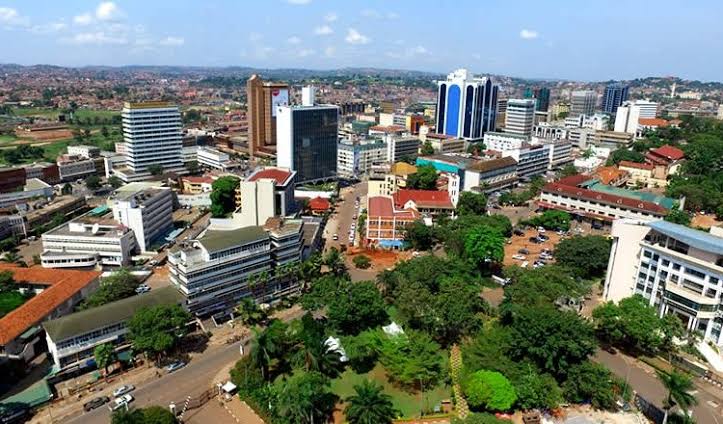 Aerial View Of Kampala City
Aerial View Of Kampala City Buy A 140K Grader In Uganda
Buy A 140K Grader In UgandaFor inquiries or Orders:
Contact Us On:-
E-mail: Info@flawlessconsultsug.org
Or
Call/Whatsapp Us on: +256-772 238575For inquiries or Orders:
Contact Us On:-
E-mail: Info@flawlessconsultsug.org
Or
Call/Whatsapp Us on: +256-772 238575







